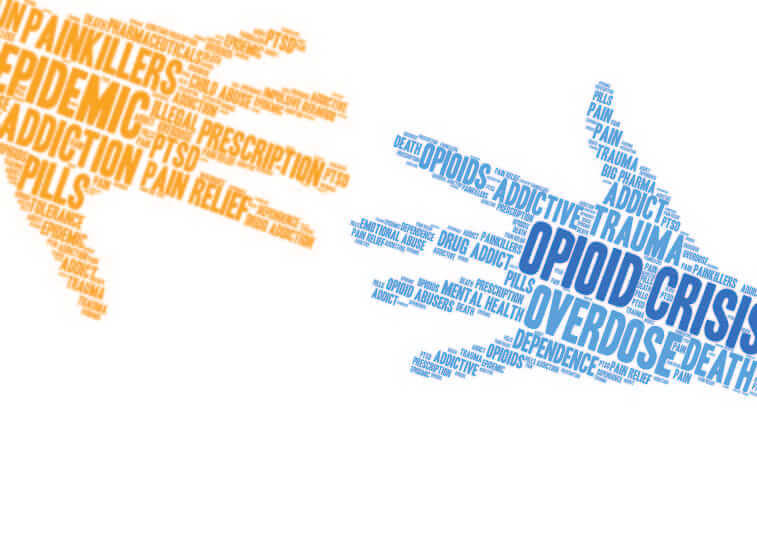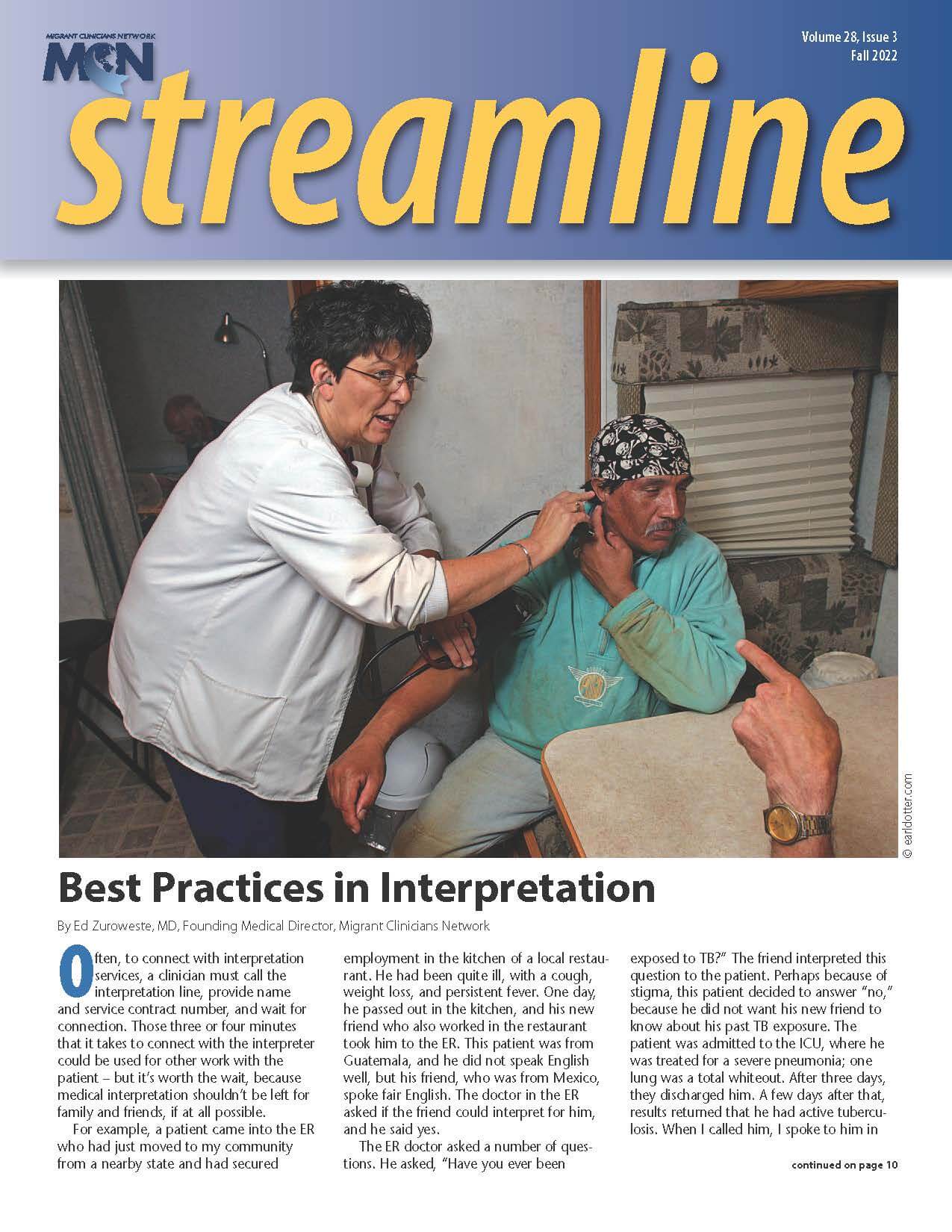
Purdue Pharma introduced Oxycontin in 1996, the year that I graduated from my Family Medicine residency. At the time, drug representatives visited our hospitals and clinics frequently to update us on the latest pharmaceuticals. Our new crop of doctors was given the marketed information that this sustained oxycodone preparation was less addictive than traditional opioids, in fact almost non-addictive compared to then-available short-acting narcotic pain medications. It was originally targeting cancer pain, and I admit that it was very helpful in that regard as metastatic disease from various cancers can cause terrible pain. The marketing was successful for Oxycontin and sales for 1996 were about $48 million, and by 2000 about $1.1 billion as the indication for use of Oxycontin expanded to cover many types of non-cancer pain, even minor pains which once were handled by such medications as acetaminophen/codeine and ibuprofen. A wider audience learned of strong effective and “safe” synthetic opioid medications such as Oxycontin and later fentanyl for chronic pain and more direct consumer advertising bypassed the physician’s office as social media allowed more targeted advertising to groups formed with specific disease interests.
Unfortunately, the marketing materials were wrong. These highly addictive synthetic opioids are now the center of an ongoing drug addiction epidemic.
Since 2013, drug overdoses involving synthetic opioids, particularly fentanyl, have skyrocketed. The CDC estimates that in the United States, 187 people die every day from an opioid overdose, including prescribed and illicit opioids.
The opioid addiction crisis has only worsened over the course of the COVID-19 pandemic. Between 2015 and 2019, there were 13.7 opioid overdose deaths per 100,000 people on average each year, climbing slowly from 2015’s 10.4 to 2019’s 15.5 deaths per 100,000 people. The first year of the pandemic, however, saw 21.4 deaths per 100,000 people – a shocking 38% jump in overdoses from 2019.1 Provisional data from 2021 indicates a 15% further increase in opioid overdose deaths from 2020.2
Social isolation increased the risk of addiction or relapse, as people found themselves cut off from support systems, both informal, like friends and family, and formal, like addiction recovery programs and facilities, or methadone and clean needle programs. Increased fear and anxiety -- from social isolation, rapidly evolving economic and health situations, and the disruptions in everyday behaviors and routines – may also have contributed.
The connection between COVID and opioids, however, goes further. People with a current substance use disorder are eight times more likely to contract COVID than those without a substance use disorder. They are also more likely to be hospitalized or die from COVID.3 Many factors may be influencing this increased risk. Opioid use may cause respiratory depression with every use.4 People using opioids start a COVID infection, consequently, with potentially impaired lung function.
For migrant agricultural workers who may use opioids, this increased risk is further elevated by the social determinants of health which they face. Poor occupational protections and rights, fear of immigration status, poverty, and a lack of access to sources of low-literacy, culturally appropriate information on how to stay safe contribute to a higher risk of COVID infection.
Disparities in Pain Management Among Agricultural Workers
There is presently no clear evidence that opioid misuse is a concern among this population; however, repetitive use injuries and chronic pain are common among agricultural workers. Agricultural work continues to be one of the most dangerous occupations with very high rates of injury.5 Clinicians serving migrants report that agricultural workers often do not have their pain well managed. Cultural cues around gender and age may discourage some from reporting pain or seeking care. For those who wish to seek care, cultural or linguistic differences, lack of health insurance, poverty, lack of paid time off of work, and fear of exposing immigration status are just some of the barriers they may face to receiving care.
For those who attain care, racial disparities in pain treatment are well documented. One study of Emergency Medical Services in Oregon found that Hispanic patients were 21% less likely to receive a pain assessment procedure or receive pain medications compared to white patients. In fact, disparities in receipt of pain medications were observed for all non-white patients, compared to white patients.6 One meta-analysis synthesized 20 years of studies to find that Black patients had the highest degree of disparities in pain care, and that Hispanic patients had disparities for management of “non-traumatic/nonsurgical pain.”7
Solutions to Care Disparities and Substance Abuse
The recognition of unconscious bias by clinicians can be an important first step in its elimination, along with mentorship, cultural humility and curiosity, meaningful diversity trainings, and leadership commitment to culture change.8 Such steps can reduce racial disparities in pain management.
Clinicians serving workers who are in pain may have little education on substance abuse. One national survey found that less than 20% of primary care physicians considered themselves “very prepared to identify alcohol or drug dependence.”9 One key solution to ensure that clinicians are responsibly addressing pain is culturally competent education for clinicians to develop a level of comfort in the treatment of substance abuse.
A team-based approach can enhance the patient’s care, increasing opportunities for a patient to connect with a clinician, and providing a multifaceted approach to the patient’s pain. The involvement of community-based organizations can further connect the patient to auxiliary services to better manage pain. For those with opioid abuse issues, these same approaches can expand access to programs specifically geared for those with substance use disorders.
Pain Management with Analgesics that Are Non-Opioid
It may be appropriate to prescribe opioids for acute pain under certain circumstances, but most situations call for the use of other analgesics including nonsteroidal anti-inflammatory drugs (NSAIDs), given our greater understanding of the addictive qualities of opioids. Clinicians should explore these opportunities with their patients. Many medical organizations have come out in support of such measures – the American College of Physicians supports the use of NSAIDs for the treatment of low back pain; the American Headache Society suggests using combination medicines such as acetaminophen (Tylenol) with aspirin and caffeine as a primary recommendation for reducing migraine pain and other symptoms; the American College of Rheumatology Osteoarthritis Guideline strongly recommends topical and oral NSAIDs to treat arthritis pain and it conditionally recommends against the use of opioids other than tramadol.10
Many opioid addictions start with a few weeks’ supply of prescription opioids after dental surgery, with the first feelings of euphoria with analgesia ever experienced by an opioid-naïve patient. Non-opioid analgesics such as NSAID/acetaminophen combinations are safe and effective first-line options for managing acute dental pain according to the American Dental Association.
These are important factors for clinicians to consider when weighing the pros and cons of prescribing pain medications, in contrast to the past 25 years, when clinicians were taught to consider opioids as a first, effective, superior, and safe option for pain control. This could be an important step clinicians can take to help reduce the burden of suffering opioid addiction in our patients, and the cost to our nation's health.
1 Centers for Disease Control and Prevention. Overdose Death Rates Involving Opioids, by Type, United States, 1999-2000. Updated 20 May 2022. Accessed 24 October 2022. Available at: https://www.cdc.gov/drugoverdose/data/OD-death-data.html
2 Centers for Disease Control and Prevention. National Vital Statistics System. Provisional Drug Overdose Death Counts. Updated 12 October 2022. Accessed 24 October 2022. Available at: https://www.cdc.gov/nchs/nvss/vsrr/drug-overdose-data.htm
3 Hiller-Sturmhoefel S. People with SUDs Have Increased Rish for COVID-19 and Worse Outcomes. National Institute on Drug Abuse. Published 13 January 2021. Accessed 24 October 2022. Available at: https://nida.nih.gov/news-events/nida-notes/2021/01/people-with-suds-have-increased-risk-for-covid-19-worse-outcomes
4 Van der Schier R, Roozekrans M, van Velzen M, Dahan A, Niesters M. Opioid-induced respiratory depression: reversal by non-opioid drugs. F1000Prime Rep. 2014;6:79. Published 2014 Sep 4. doi:10.12703/P6-79. Available at: https://www.ncbi.nlm.nih.gov/pmc/articles/PMC4173639/
5 National Institute for Occupational Safety and Health. Agricultural Safety. Updated 2 August 2022. Accessed 24 October 2022. Available at: https://www.cdc.gov/niosh/topics/aginjury/default.html#:~:text=Agriculture%20ranks%20among%20the%20most,for%20fatal%20and%20nonfatal%20injuries
6 Kennel J, Withers E, Parsons N, Woo H. Racial/Ethnic Disparities in Pain Treatment: Evidence From Oregon Emergency Medical Services Agencies. Med Care. 2019;57(12):924-929. doi:10.1097/MLR.0000000000001208
7 Meghani SH, Byun E, Gallagher RM. Time to take stock: a meta-analysis and systematic review of analgesic treatment disparities for pain in the United States. Pain Med. 2012;13(2):150-174. doi:10.1111/j.1526-4637.2011.01310.x
8 Marcelin JR, Siraj DS, Victor R, Kotadia S, Maldonado YA. The Impact of Unconscious Bias in Healthcare: How to Recognize and Mitigate It. J Infect Dis. 2019;220(220 Suppl 2):S62-S73. doi:10.1093/infdis/jiz214
9 Polydorou S, Gunderson EW, Levin FR. Training physicians to treat substance use disorders. Curr Psychiatry Rep. 2008;10(5):399-404. doi:10.1007/s11920-008-0064-8
10 Ruoff GM. OTC Analgesics vs Opioids for Pain Management. J Fam Pract. 2022;71(6 Suppl):S29-S33. doi:10.12788/jfp.0418
 |
Read this article in the Fall 2022 issue of Streamline here!Sign up for our eNewsletter to receive bimonthly news from MCN, including announcements of the next Streamline. |